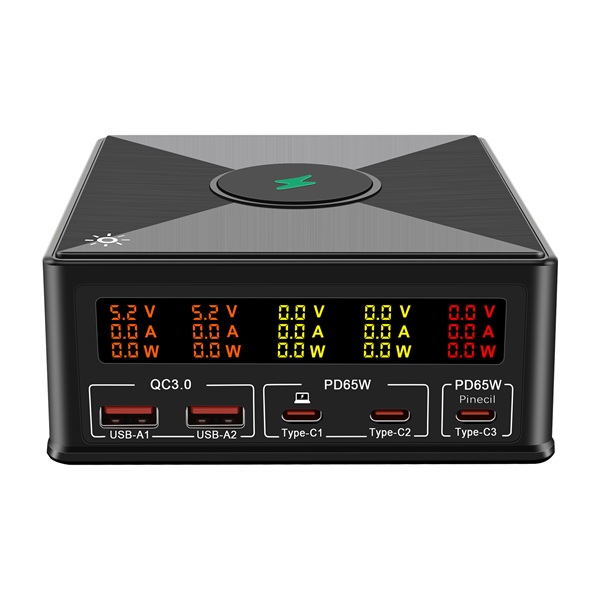On any AC/DC-converter you will find a sign attached to it, that contains among other things (like type, and model number, origin, certifications etc.) two values:
- input voltage (
AC) Normally you don't need to care about this value. Besides many devices are capable to detect the voltage your home's socket provides and switch to it automatically, the devices you buy in your country/region fits your home's power supply. As long as you don't tinker with
adapters to fit something like a northamerican (120 V) plug into an european (240 V) wall socket, or vice versa, you don't need to bother about that value.
Rule of thumb: If it fits it fits. (Plug directly into socket, without any adapter, nor brute force; plug and socket are designed for each other.)
- output (
DC) voltage, and current:
Those values must fit your target application, e.g. your laptop's input. Its values you will also find either printed on some sign attached to it, in its manual, specifications, or take a look at its original powersupply unit.
The voltage must be the same.
If you attach a 5 VDC-output to a 12 VDC-input of a device, the device will not work.
If the input voltage is higher as the device's input voltage your device will be damaged.
But as long as you're dealing with USB, the voltage is standardized, and you don't need to care about that neither.
Most interesting value is the DC current the output provides. The example in the picture delivers 2 A max
The converter automatically delivers the current needed. If you connect e.g. a LED light to this converter, which only draws 130 mA the converter will deliver only 0.13 A at 12 V. But this one has not enough power to deliver more than 2 A. 12 V times 2 A are 24 W. That's the max. power this device can deliver.
If you have some kind of a combi device like in the OP's pic you have a max overall power the device can deliver at the same time: 180 W in this case. And you have a max current (power) each socket can provide, which is standardized by the USB specifications.
But not every power supply unit is capable to provide max power at all sockets at the same time.
You need to take a look at the devices specs, or manual.
Plus you need to check if the current delivered is enough to power your laptop (at max load, plus charging the battery.) Compare the values of the original PSU's sign.


